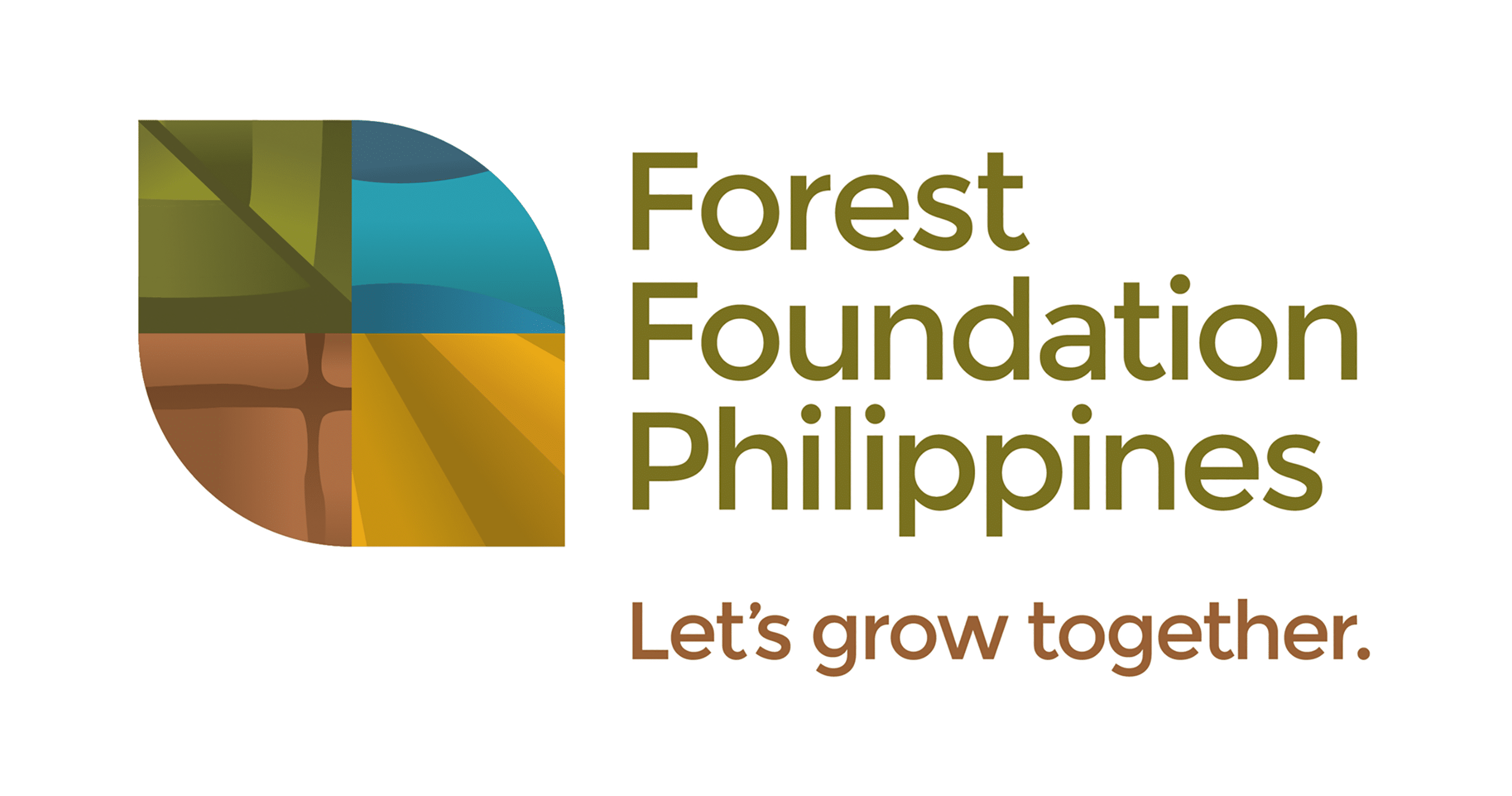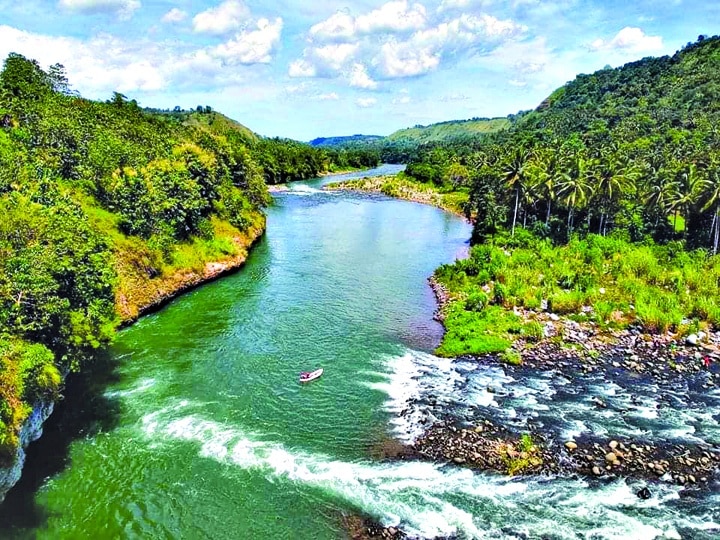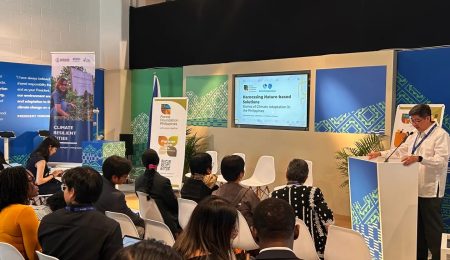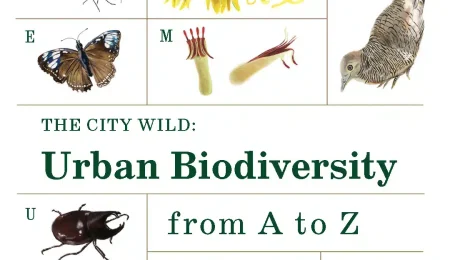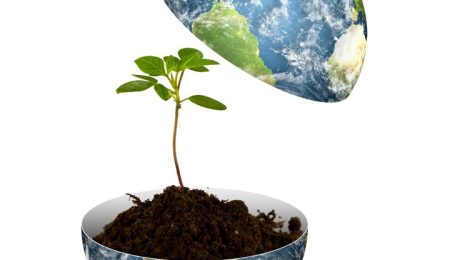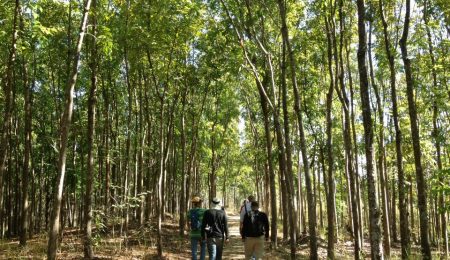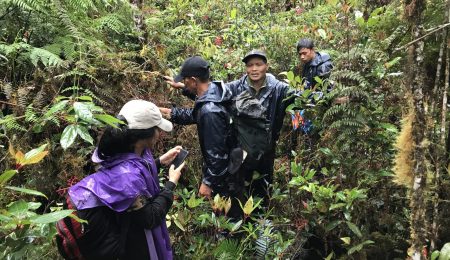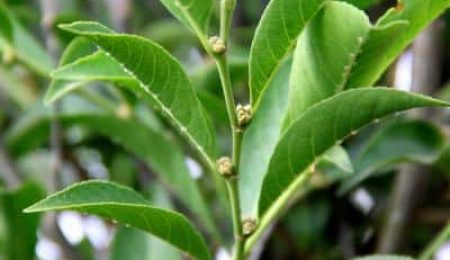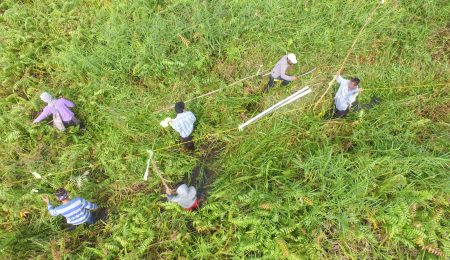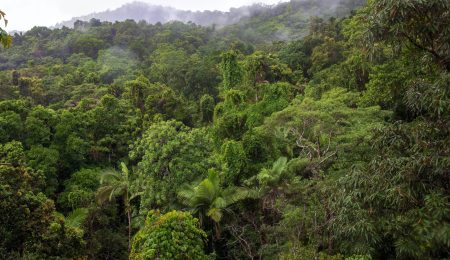Highlights
- Expansion and development in Cagayan de Oro City have spawned water-related sustainability issues. The issues include pollution, increasing water demand, depletion of groundwater, and land-use changes.
- Collaboration between various institutions and stakeholders is crucial in dealing with the challenges in transboundary water issues like in Cagayan de Oro River Basin, where rivers and aquifers transcend political boundaries.
Rivers are lifelines. Throughout history, we have seen how many cities and civilizations grew on their rich and fertile banks. Development spur near rivers because they provide fresh water and food and make the land productive. They were also transportation routes wherein people and goods could go through.
One such example of a city that continues to develop and rely on rivers is the Cagayan de Oro City. This is where one of the Cagayan de Oro River Basin tributaries flows. However, many years of expansion and development in the area have spawned sustainability issues. These affect the river system itself and the benefits that the river provides to the city.
The research “Examining Sustainability Issues in the Water-dependent Economy of Downstream Sectors in the Cagayan de Oro River Basin” highlights these issues and explores opportunities to minimize related impacts.
Tracing interconnected and multisectoral sustainability issues
The Cagayan de Oro River Basin is one of the major river basins in the country. It has an estimated length of 90 km and an aggregate drainage area of 1,374.16 km2 and drains into Macalajar Bay in Cagayan de Oro City. It begins in the Mt. Kalatungan Mountain Range and joins with other tributaries from Mt. Kitanganlad Mountain Range.
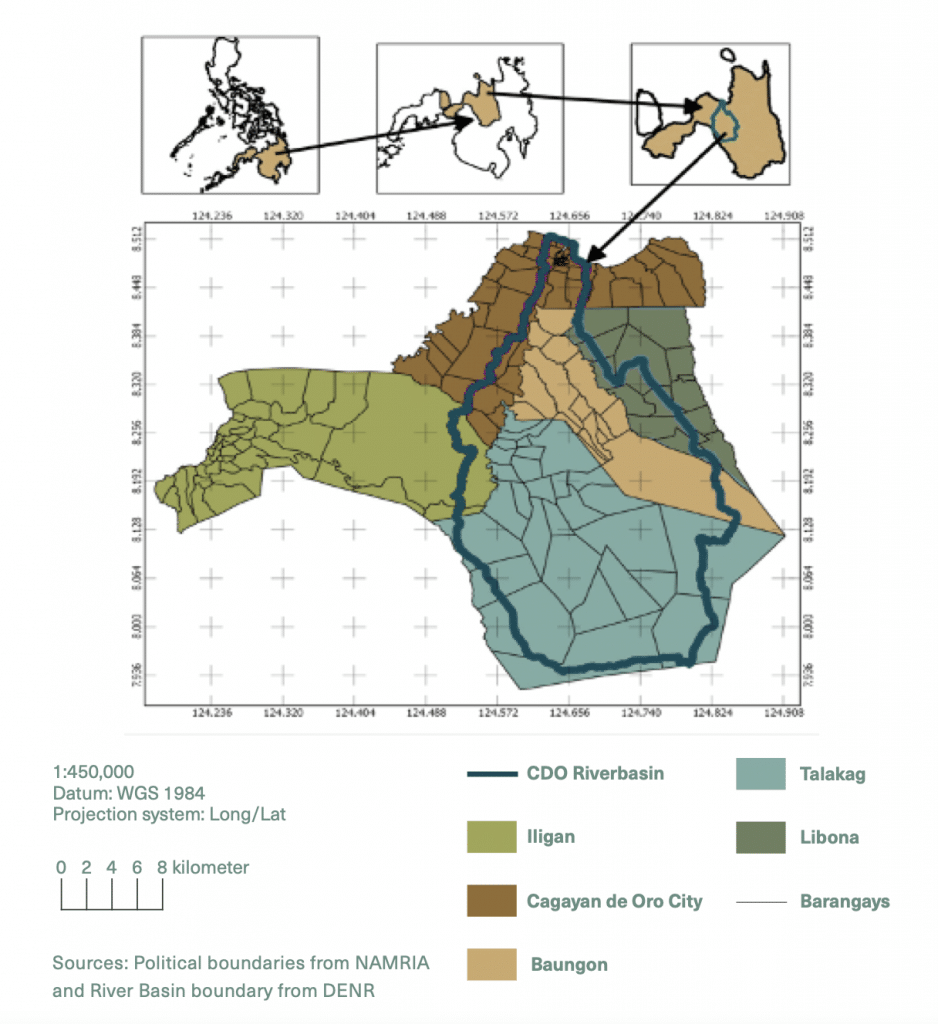
The research by Catherine Almaden of Northern Bukidnon State College listed different sustainability issues happening in CDORB. It focuses on CDO City by analyzing political, social, and economic dynamics in the area. Identifying these issues and stressors is crucial in creating management interventions. It can also aid in mitigating identified issues and help decision-makers see the gains in implementing possible interventions.
Urbanization
As a rapidly urbanizing area, CDO City faces pressures in increasing water demands for domestic, industrial, and commercial uses. These competing demands are posing sustainability challenges in the downstream area of CDO City and the upstream areas of the CDORB.
Sewage
In connection with increased demand for water is the generation of large volumes of wastewater. Without sewerage systems and water treatment facilities, rivers and creeks serve as natural drainage systems.
Infrastructure
Another challenge in Cagayan de Oro City is poor conditions of water pipes and obsolete infrastructure. These inefficiencies cause significant water losses, reaching as much as 54 percent of the volume introduced. This loss goes up with road constructions, leakages, reservoir overflow, and pilferage. Addressing these problems can save significant amount of water from the dwindling groiundwater reserves.
Agriculture
Urban expansion means more varieties of food have to be produced. This impacts the agricultural sector, which will need more water to grow crops. At the same time, the growth in urban areas is reducing the water available for agriculture. The threat of droughts also affect many farmers in the areas of CDO City.
Fisheries
Cagayan de Oro River catchment remained largely stable despite the frequent extreme rain events in 2011-2013. However, some erosion-prone areas can cause floods and mudslides due to intense rainfall. Sediments from these events threatened corals and seagrass areas, affecting the fishery sector.
Quarrying
Rapid development in the city is supported by the quarrying of sand and gravel in the floodplains of the Cagayan de Oro River and Iponan River. While these activities support the city’s growth, they can cause environmental problems. Citing another paper, the research stated, “the extraction of sand and gravel from the rivers, streams, floodplains, and channels conflicts with the functionality of riverine ecosystems.”
Floodwater and storage
Floodwater storage is vital in CDORB as many areas are flood-prone (along the rivers and the city). Watersheds temporarily store water during floods and mitigate the damage by gradually releasing it, reducing flood peaks during the event. However, for a watershed to be able to do this function effectively depends on the ecosystem’s health.
Opportunities to minimize emergent impacts
According to the study, demand management and a more rational system for raw water pricing that considers environmental, economic, and social cost is necessary. However, the study stressed that these are not and it should complement regulations, education campaigns, leak detection, retrofitting, recycling, and other technical improvements.
Groundwater depletion can be controlled substantially by addressing challenges in the LGU-operated system and the main water provider of the city, the CDO Water District. Further, filling information gaps, identifying solutions through exchanging experiences, and policy interventions are also needed. Future ecohydrological studies are necessary to assess ecosystem services and analyze the continuing effects of identified stressors.
Apart from exploring the different sustainability issues in the area, the study suggests mapping the relationship between forest management decisions and ecosystem services and the benefits gained from the interaction. Understanding the incentives that connect users to ecosystem services is also essential to identifying policy gaps and opportunities.
Lastly, a collaboration between various institutions and stakeholders is crucial in dealing with the challenges in transboundary water issues like in CDORB, where rivers and aquifers transcend political boundaries. “Decision-makers need to identify the linkages between the watershed and people and be cognizant of the spatial and temporal relationship between ecosystem functions, services, and beneficiaries,” says Almaden.
Banner image from Business Mirror
